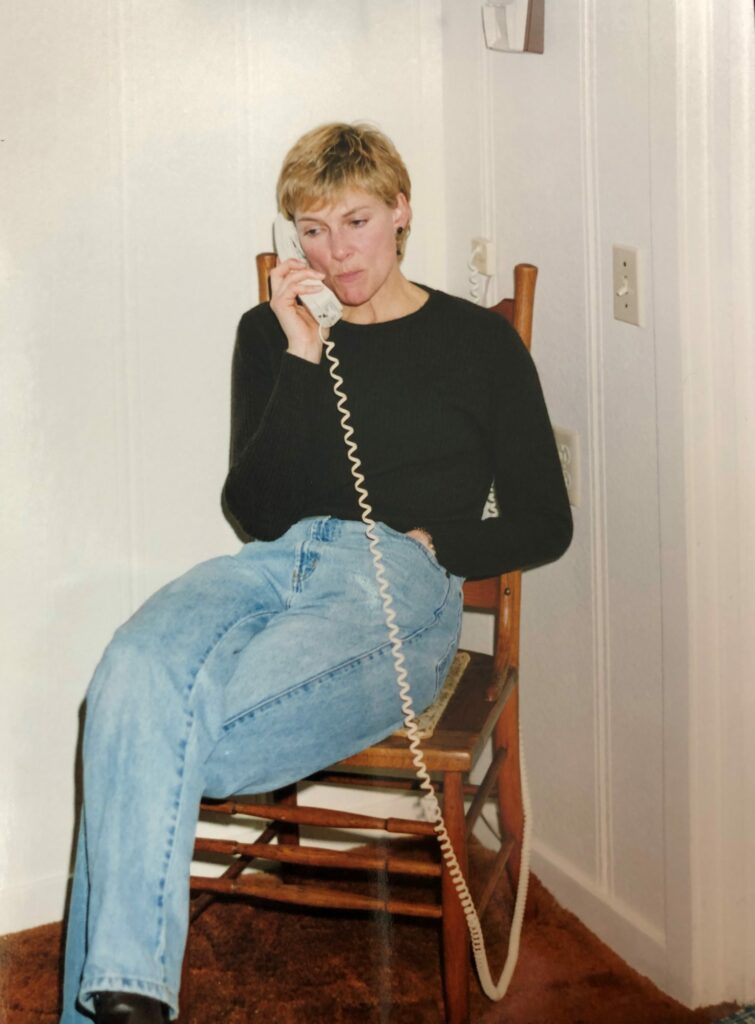
Why Bother Hearing What You Can’t Understand?

Why Bother Hearing What You Can’t Understand?
Making a transaction over the phone is not my favorite way to do business, but sometimes it is necessary. Just recently, our little local internet company was bought out by a larger corporation and now I can no longer just walk into their office, and talk with a customer service representative native to our region. To fix the problem on my bill, I had to instead, make a phone call.
Much of What We Speak Goes Unsaid
I knew making the phone call would be much harder for me than face to face contact since exchanging information with anybody involves much more than just saying words to them. According to those who know more than I do, seven percent of our communication is saying our words, thirty-eight percent is how we say our words, and fifty-five percent is how we look while saying our words.
Much of what we speak goes unsaid and instead is conveyed through our body. Facial expressions, and how and where we position our bodies in relation to the other person, speak volumes about what we are trying to communicate. By looking at someone while they are talking to me, I know if they are bored, interested or lying.
Just knowing I had to make this phone call with someone who lived somewhere else who would or would not understand me enough to fix my problem, made me sign with exhaustion. But I sat down and punched in the phone number anyway.
“Hellothisisadamintulsaoklahomahowcanihelpyou?”
“Hello, could you repeat what you just said?”
“Hello this is Adamintulsaoklahomahowcanihelpyou?”
“Listen, I cannot understand a word you are saying. You sound like you are inside a tin can.”
“Can you hear me?”
“I can hear you, I just can’t understand a word you are saying.”
“Well, you are probably hearingmysouthcarolinaaccent.”
“Yes, well, if you speak slowly, then I can understand you better.”
And so began my conversation with Adam, who worked from home on a headset in Tulsa, Oklahoma, and who’d once lived in South Carolina, but had never been to Idaho.
At first, our conversation was a strain and I had to work hard to adapt my ear to his Southern accent as well as the echo from his headset. But, as he slowed his speech, and I explained my problem, we heard and understood each other. After thirty minutes or so, he’d solved my problem and I was a happy customer.
Even though I hadn’t walked into the local office and spoken with a customer service representative native to our region, Adam helped me tune my hearing to his unfamiliar voice long enough for him to help me. Phew!
Why bother hearing what you can’t understand? Hearing is easy, understanding is harder, but it is worth the effort since communication is key to getting any problem solved.
New Release
